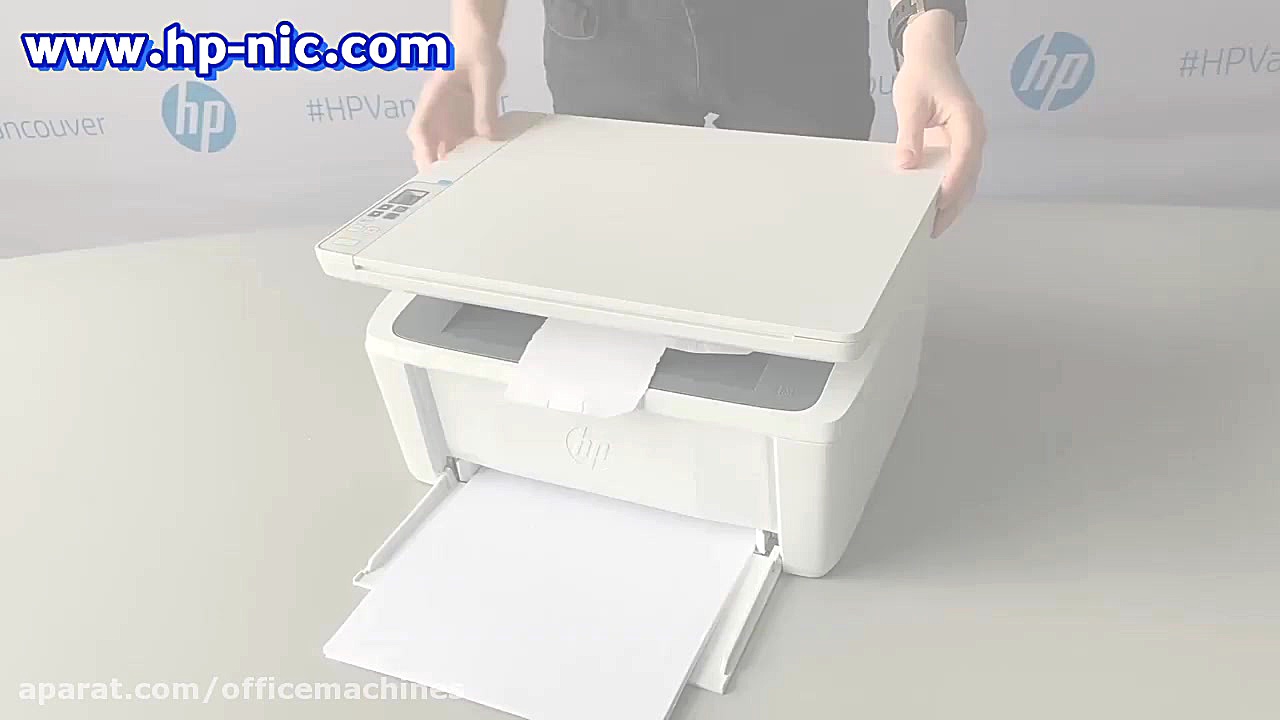How to Choose Industrial Pressure Rollers
페이지 정보
작성자 Elizabet Salas 작성일25-10-09 13:43 조회0회 댓글0건관련링크
본문

Picking the ideal feed rollers for professional production printers is vital to maintain consistent print quality, minimize costly downtime, and protect your investment. Nip rollers apply the necessary force to move materials smoothly through the printer and ensure proper contact between the toner transfer unit and media. Installing an unsuitable component can lead to smudging and streaking, or even cause damage to sensitive components.
First, determine the type of media you’ll be printing on. Different materials such as stiff paper boards, plastic sheets, or temperature-reactive stickers require varying levels of pressure and surface friction profiles. For demanding substrates, you need rollers with higher durability and a firm elastomer that resists compression. When handling fragile substrates, pliable surfaces with a controlled traction help eliminate surface damage.
Next, assess the roller surface material. Common options include: compounded rubber, high-temp silicone, industrial polyurethane, and elastomer coatings. Rubber rollers offer strong media grip and are cost-effective, but may break down with prolonged heat or solvents. Silicone-coated rollers handle high temperatures well and avoid ink buildup, making them perfect for laser printers. Polyurethane rollers provide excellent wear resistance and are often used in high-speed environments.
Heat endurance is another vital parameter. Production-grade machines often run continuously and generate significant heat. Confirm the compound’s limits can maintain performance under heat without becoming brittle, flaking, or slipping. Always check the manufacturer’s specifications for thermal ceiling and match it to your printer’s thermal output.
Roller hardness, measured in Shore A durometer, determines the nip force exerted. A harder roller (70–90 Shore A) is suited for thick or coated materials, while A compliant roller (40–60 Shore A) works better for thin papers or fabrics. Refer to the OEM’s recommendations for recommended hardness levels and avoid using rollers that are too hard or too soft, as they can cause feeding issues or uneven ink transfer.
Compatibility with your printer model is absolutely essential. If the material and hardness seem right, it must match the exact dimensions of your printer, including bearing diameter, connector خرابی غلطک پرس پرینتر type, and roller length. Installing an incorrect part can lead to misalignment, excessive wear on gears, or motor burnout. Always source rollers from reputable suppliers who provide model-specific replacements.
Don’t overlook ease of upkeep and longevity. Many high-end rollers support quick swap and maintenance, which minimizes output interruptions. Opt for anti-stick finishes that resist ink or toner buildup, and are safe for common industrial cleaners. Commercial-grade replacements may cost more upfront, but they reduce replacement frequency and reduce the frequency of replacements and repairs.
Ultimately, selecting the right pressure roller involves synchronizing surface, firmness, thermal rating, and geometry to your specific printing needs. Always prioritize compatibility and durability over price. If you’re unsure, reach out to the original equipment provider or a reputable industrial printing partner to guarantee peak efficiency.
댓글목록
등록된 댓글이 없습니다.
